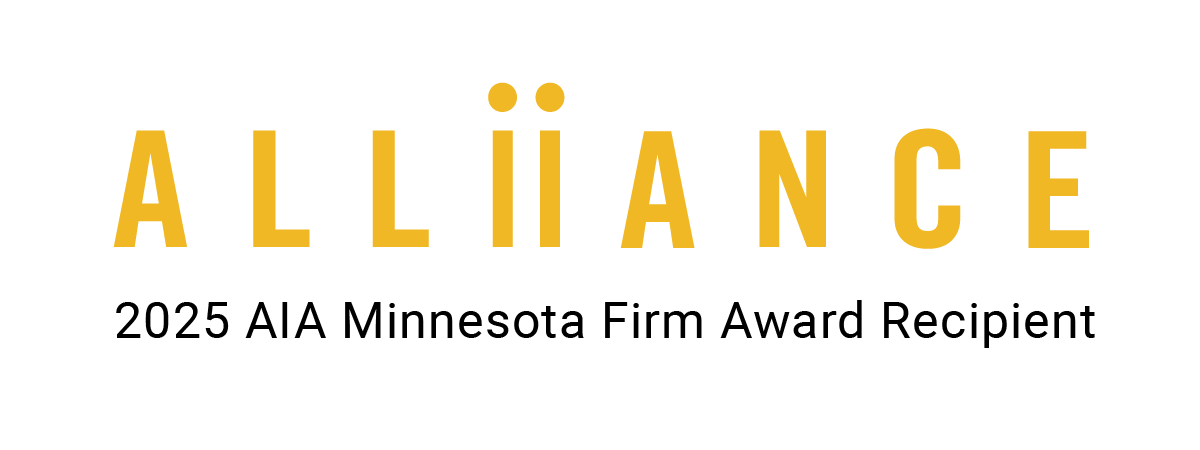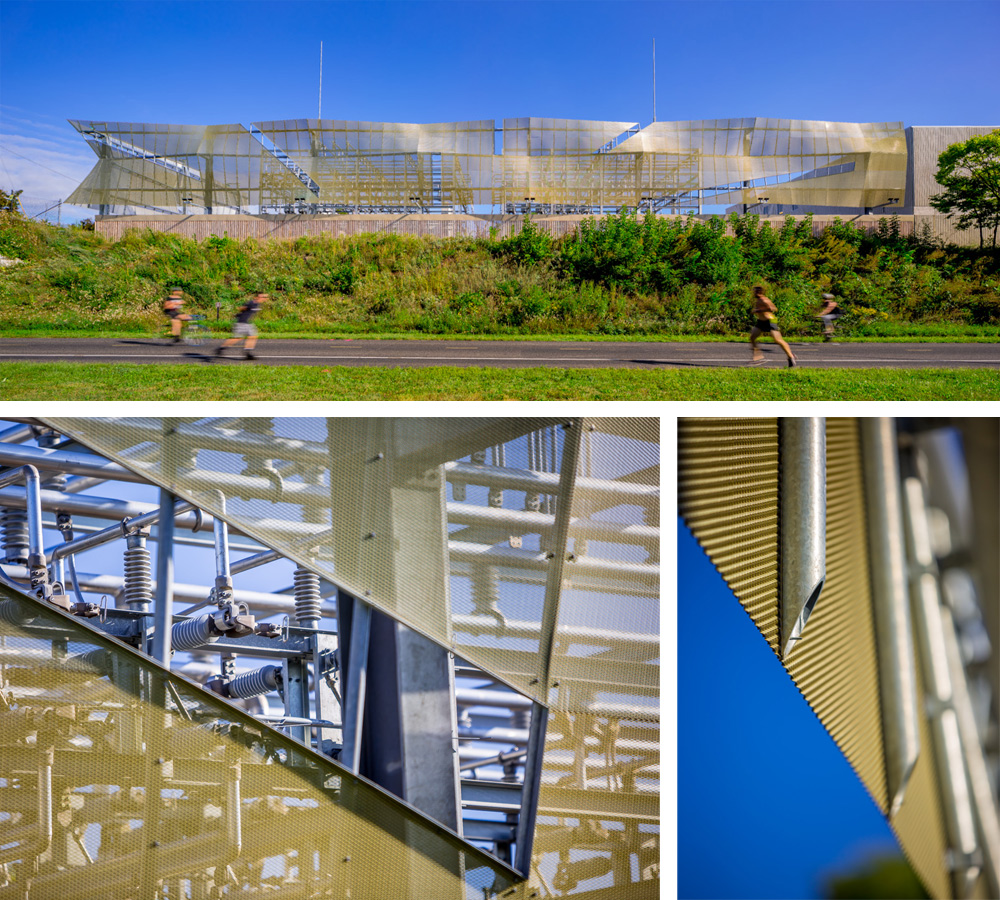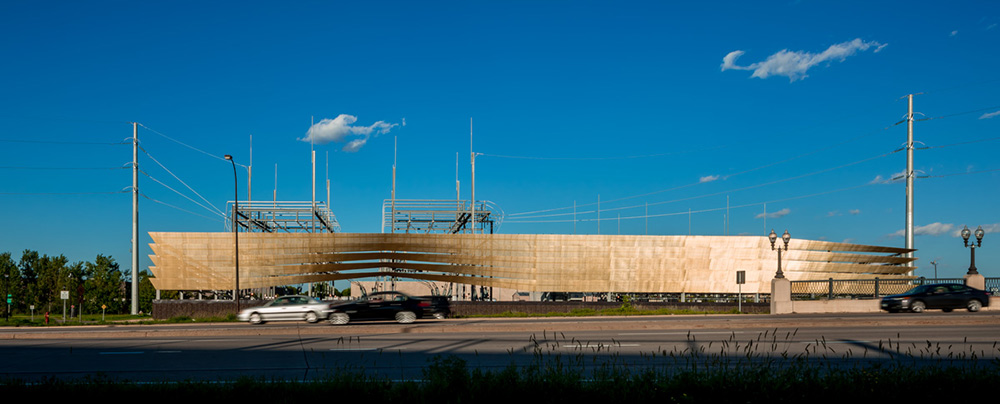
The Business Value of People-Centered Design
in Perspectives
by Nina Ebbighausen, AIA, LEED AP
- “In an era where change is a currency, business as usual stopped being good enough.”
- – Jonathan Ive, Chief Design Officer of Apple
It’s no longer news that design-led innovation can stimulate business growth, transform public services, and enhance places and cities. In a 2013 study, the Design Council in the UK reported that, for every $1 invested in design, companies can expect to see $20 in additional revenues and $4 in additional profit, through design-led innovation and increasing brand value.1
What’s most important to remember in this equation is that, to reap the greatest benefits, design must be people-centered and it must have a deeper function than just looks – though how something looks matters quite a lot too. Its benefit is greatest when it is intimately related to solving problems, especially customers’ and communities’ problems. People-centered design can benefit every aspect of business, including evaluation of opportunities, diagnosis of problems, and developing creative solutions to business challenges.2
One of the most powerful ways companies can maximize the impact of design is to entwine their branding and business priorities with social and civic improvements – especially if these business opportunities are otherwise associated with negative public perception. For example, when Xcel Energy recently sought to expand their electrical infrastructure in south Minneapolis, to meet a substantially growing need for electricity. They faced public opposition due to the proximity of the planned electrical substations to their residential neighborhoods. Substation projects were proposed on two sites and residents were concerned about the appearance and safety of locating high voltage equipment near their homes. In addition, both sites faced the challenge of being located alongside a popular pedestrian and bike and pedestrian “Greenway” that extends through the city, and one of the sites was further situated next to an historically significant rail grade. In total, the complexities of the projects resulted in the active involvement of over a dozen major stakeholder groups – groups that included the city, county, business coalitions, multiple neighborhood and cultural groups, transit representatives, Greenway Coalition, Historic Preservation Committee, and the Department of Commerce Energy Facilities Permitting.
So how can design help to turn around these sorts of challenges? Putting people at the center of things is a most powerful way of thinking and of examining problems. In addition to addressing questions like, “Does it work” and “Is it efficient and effective?” design might also ask: “Is it useful and desirable?” “Does it improve the larger context in addition to the specific challenges of the project or problem?” This is not to say that a business opportunity must originate in the public sector to be associated with social or civic improvements. To quote the Head of Customer and Client Accessibility at Barclays Bank UK, “No matter what industry or sector you’re in, there’s a human in there somewhere.”3 Design thinking can anticipate and consider stakeholder needs and find solutions that are palatable and beneficial in some way for everyone – often in different ways for different people. The best design solutions will allow a business to emerge as the hero.
For Xcel Energy, the substations required a different approach than the typical precast or chain-link wall enclosures used in industrial, suburban, or rural areas to address the requirements of the community as well as the Public Utilities Commission. Alliiance was engaged to help navigate and overcome the public-relations challenges of their two substation projects, applying creative and inclusive design thinking to a seemingly insurmountable public opposition. First, a community-based Advisory Work Group was established to engage affected stakeholders in the design process. Before development of any design solutions, Alliiance distilled stakeholder insights and concerns into a common set of principles that guided the design process. What emerged was a desire to create a community asset, imagining the substation enclosures as “art walls” that could be landmarks, express the notion of energy and movement, were durable and enhanced safety, fit the surrounding context, expressed community diversity, and optimized green space. The design process was open and inclusive, with regular meetings with the Advisory Work Group and broader community-focused open houses to gather input on the designs and hear concerns and preferences.
Several important project opportunities were revealed during this community engagement process that enhanced stakeholder buy-in of the project in ways that hit home. For example, the projects took on remediation of arsenic-contaminated soil associated with historic railroad yard usage. In addition, the substation sites offered opportunities to mark place, punctuating an otherwise undifferentiated length of the Greenway and identifying entry points to the Phillips and Longfellow neighborhoods. Working with residents, substation layouts were reconfigured to optimize sight lines and relocate the largest-scaled substation elements farthest from adjacent houses. Materials for the substation enclosures were selected for their sustainable attributes and beauty as well as for durability.
In the end, not only did Xcel Energy receive approval to construct the substations but also became a valued member of the community. The completed designs have won numerous design awards with particular credit given to their contributing to the civic domain at both the urban and intimate scales. Perhaps most tellingly, the completed designs have helped characterize Xcel Energy as a responsive and community-friendly agency in Minneapolis and received extensive positive feedback from the nearby residents, businesses, and public representatives, including the following:
- “I live in south Minneapolis, so I drive by nearly every day and struggle to keep the car on the road from staring at it. It might go down as my favorite piece of architecture in town. Props to the design team. It rocks!” – Scott Gilbertson, Director of Business Development, Prevolv. (Jan. 14, 2015).
- “Wow. The Hiawatha Substation looks amazing… Great work. Minneapolis is so lucky.” – Mary Altman, City of Minneapolis Public Arts Administrator. (April 8, 2014).
For more information on the Xcel Energy Substation Enclosure project, click here.
Endnotes:
1 “Design Delivers for Business: A Summary of Evidence from the Design Council’s Design Leadership Programme.” Design Council; Sept. 27, 2013.
2 Pietro Micheli. “How is Design Changing the Way Businesses Operate?” Warwick Business School; Nov. 13, 2013.
3 Kathryn Townsend. (2016). Inclusive Environments. Retrieved from
https://www.designcouncil.org.uk/what-we-do-0/built-environment/inclusive-environments
Photography by Farm Kid Studios



